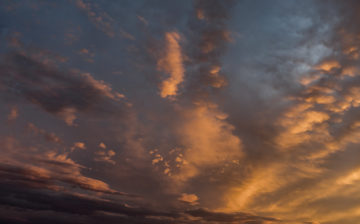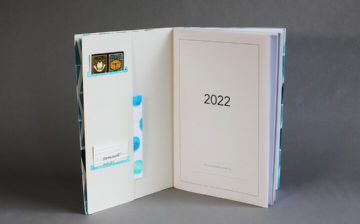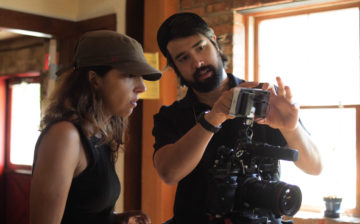Workshops
Explore the many shades of noir with film historian Imogen Sara Smith.
There are no available registration dates at this time.
NOTE: This class will be held in a live, online format using the Zoom Platform.
Class meets Tuesdays 8-9:45pm ET
 Image from “Mulholland Drive” by David Lynch
Image from “Mulholland Drive” by David Lynch
Join film historian and critic Imogen Sara Smith for this fascinating journey through film noir. In addition to being a regular speaker on The Criterion Channel, and on disc commentaries for Criterion and other labels, Imogen is the author of the book “In Lonely Places: Film Noir Beyond the City,” and has published many articles and essays on film noir in leading film publications.
Film noir is one of the most influential and enduringly popular movements in the history of cinema, and continues to inspire filmmakers around the world today. But what is it, really? Is it a genre, a cycle, a style, a mood? Many people feel they know noir when they see it: cigarette smoke curling up into Venetian-blind shadows, dangerous blondes, men in trench coats and hats lurking in rain-slicked alleys. In this course, we will discuss the classic elements and definitive examples of the form, but also venture beyond the familiar to explore how noir’s themes and influence appear in sometimes unexpected places, and why noir remains relevant and very much alive in the 21st century.
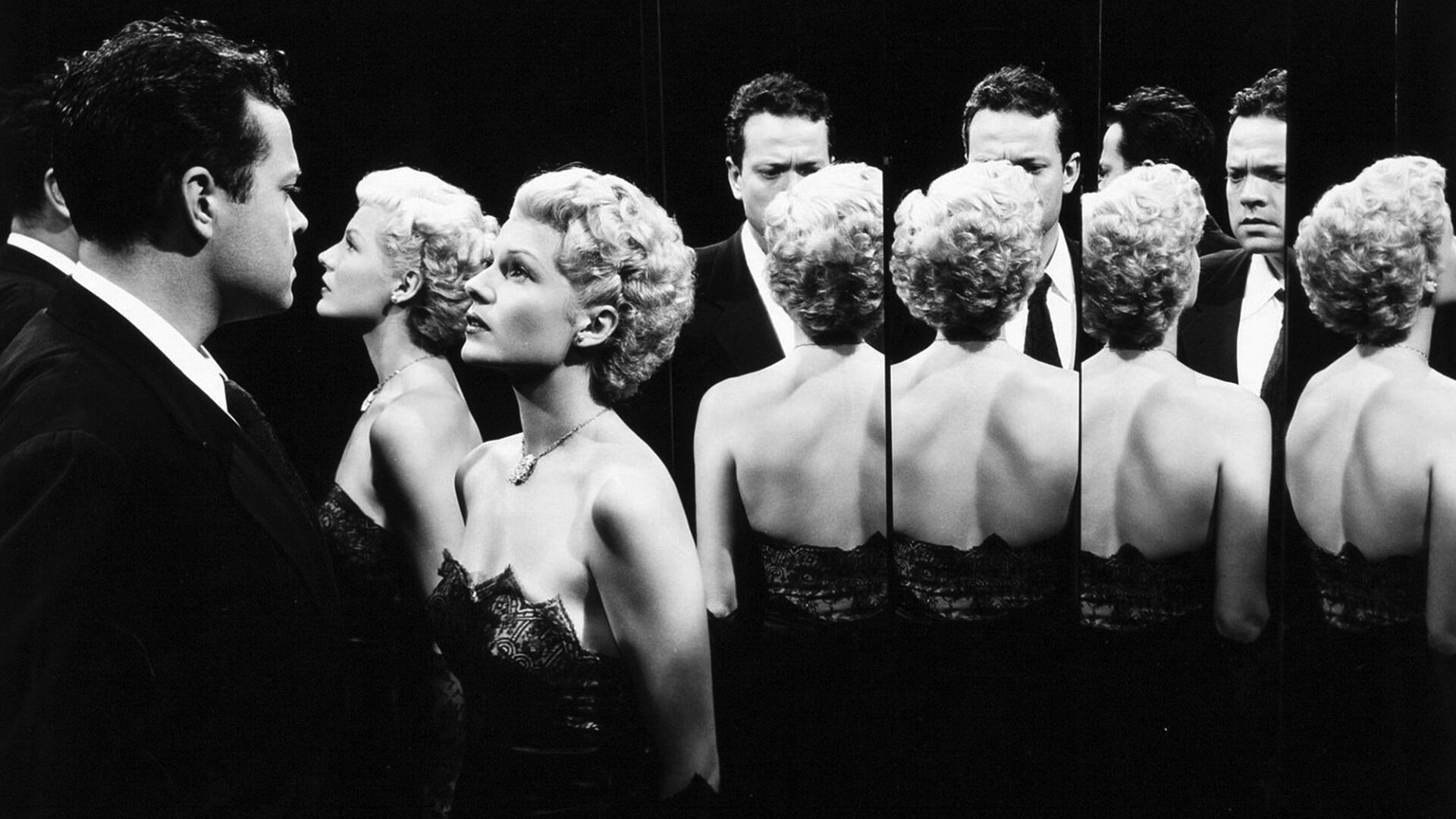 Image from “The Lady from Shanghai” by Orson Welles
Image from “The Lady from Shanghai” by Orson Welles
Film noir was first named and described by French critics immediately after World War II when they saw a crop of American crime movies that had a shadowy look, twisty plots, and psychologically charged themes of guilt, fatalism, cynicism, and alienation. In Hollywood, noir flourished from the early 1940s through the late 1950s, engaging some of the most original and daring filmmakers of the time, including Orson Welles, Nicholas Ray, and brilliant European émigrés like Billy Wilder and Fritz Lang. Noir had roots in German expressionism, French poetic realism, and American hard-boiled fiction and gangster movies, and it brought modernist innovations and provocations into the realm of popular culture.
In this course, we will examine the origins and development of noir, break down the visual and narrative strategies that it introduced, and talk about how noir channeled social and political anxieties such as postwar trauma, Cold War dread, rapid changes wrought by technology and suburbanization, and changing attitudes towards gender and race. We’ll discuss competing views of the femme fatale, noir’s relationship with melodrama and the “woman’s picture,” and women’s contributions to film noir as performers, writers, and directors. Though most often associated with America, film noir was an international phenomenon, and this course will touch on some of the other great postwar noir cycles, from France to Japan to Mexico, and look at how different countries adapted noir to their own cultures and histories. We will also discuss the differences between classic-era film noir and neo-noir, a self-conscious resurrection of noir tropes that peaked in the 1980s and ‘90s, and how contemporary filmmakers are still drawing from and reinventing film noir.
Participants will watch films through online streaming platforms, read key texts, and join a virtual classroom for live lectures and group discussions. Come discover the dark joys of film at its most seductive and merciless.
NOTE: Depending on the streaming services currently used by participants (Netflix, Amazon, etc.), students may incur additional costs ($25-30) to stream assigned films at home.
Header Image from “The Third Man” by Carol Reed
Share This
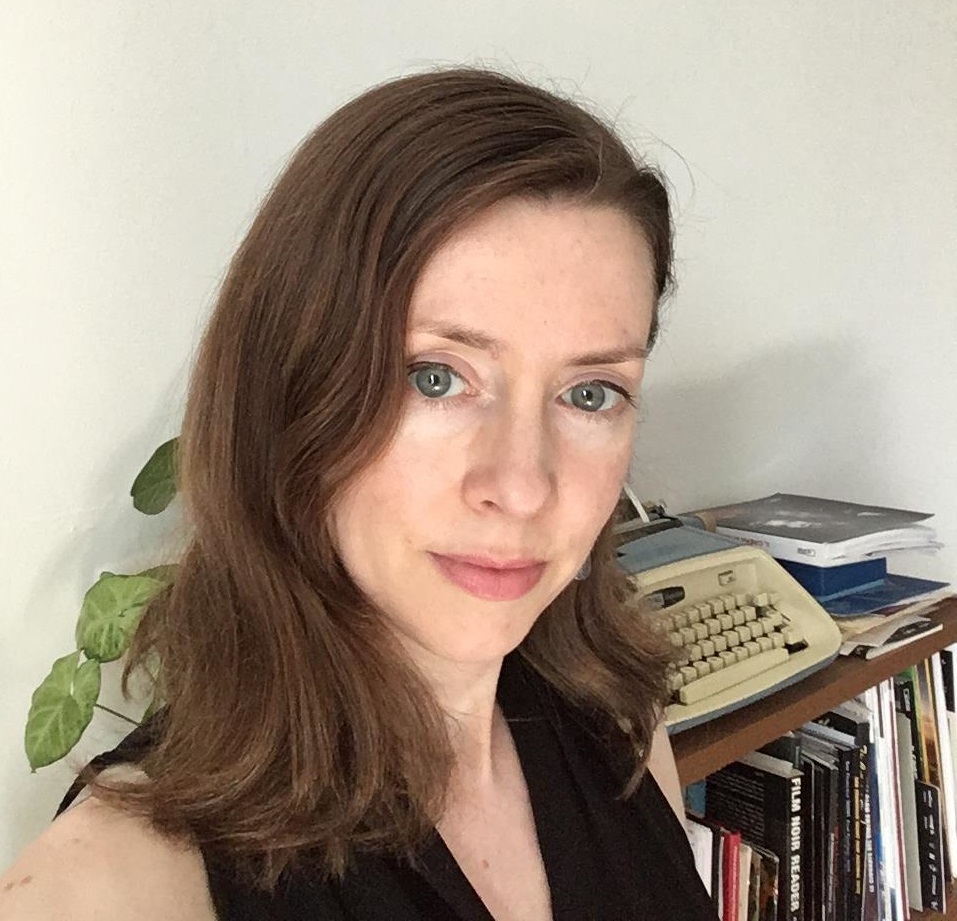
Instructor: Imogen Sara Smith
Imogen Sara Smith is a film critic and historian based in New York City. She is the author of two books, In Lonely Places: Film Noir Beyond the City and Buster Keaton: The Persistence of Comedy, and her work has appeared in Film Comment, Sight & Sound, Cineaste, Reverse Shot, The Criterion Collection, and many other venues. She is a regular speaker on The Criterion Channel, on disc releases from Criterion, Kino Lorber, and other distributors, and at national and international film festivals. She has taught courses on film noir at the School of Visual Arts in New York.


